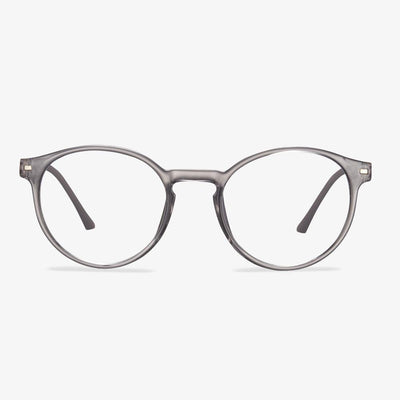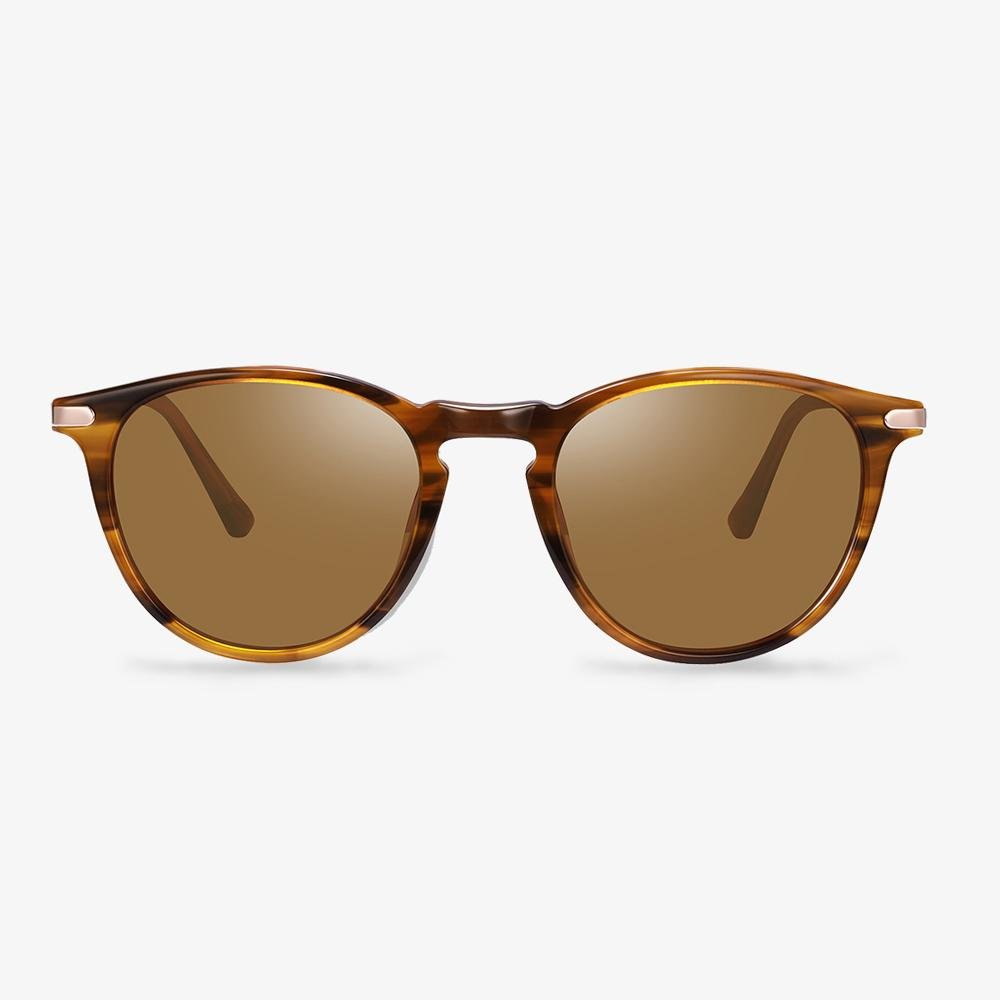Why should you take care of your rimless glasses?
Rimless glasses are not supported by the outside of the lens frame but are supported directly by the temples of the glasses.Because rimless glasses only rely on both sides of the temples directly with the lens joint, with less protection of the lenses ring. It is easy to cause lens wear, screw loose, so special attention should be paid to maintenance.
What is blue light?
To prevent blue light, we must first understand what blue light is. The visible light with a wavelength range of 400-500 nanometers is called blue light. The light sources used in daily LED lighting and display products, including mobile phones, flat panels, and TVs, are mostly LED light sources excited by blue light. However, not all blue light is harmful to the human body. The human eye has an extremely low tolerance to blue light radiation in the 400-440 nanometer range. When the light intensity enters this threshold, photochemical damage is likely to occur. However, blue light radiation in the range of 459-490 nanometers is essential for regulating the human body's circadian rhythm and can affect the secretion of human melatonin, which in turn has an impact on the body's biological clock, alertness, and mood.
Scientifically effective anti-blue light lenses must not only block harmful blue light but also cannot filter beneficial blue light. Most of the ineffective anti-blue light products on the market currently have two types of problems. One is that there is almost no protective effect on the blue light in the vulnerable zone of the human eye. The other is excessive protection, shielding the blue light spectrum in the beneficial band so that the blue light that is beneficial for physiological adjustment cannot enter the human eye. At the same time, the color of the lens is yellow, which is prone to color shift, aggravating visual fatigue, and even inducing the risk of myopia.
For the different brand frames, the price is different.
Prada, Armani, Bvlgari, and other brands belong to the group of high-end eyewear brands (400-800 at a discount if the price is around 00-5000). Poly glasses, Bolon, Prosun, belongs to the middle-end glasses brand group (price 300-00 or so, discount price 300 or so): Serova and other products belong to the high-cost performance glasses brand (price 300 or less).
There are three processes for resin-changing lenses.
The incorporation method, known as bulk polymerization, is similar to the method of glass lens, that is, one or more photochromic dyes are directly incorporated into the polymer monomer of the substrate for bulk polymerization, and the lens formed after curing will change color. Discoloration dye is completely integrated into the resin lens substrate, so the lens made of color persistence is very good.
The uniformity of discoloration and the depth of color after discoloration are highly related to the thickness of the lens. Because the thickness of the lenses at all levels is different, there will be a color difference between the depth of discoloration and the uniformity, and the uneven phenomenon of high brightness is more obvious.
The film type is known as the coating method. It is the chromatic resin lens by coating or dipping in a layer of chromatic dye on the base of the resin lens. Because the coating covers the surface of the lens, the color uniformity is good. The coating, which is only about 0.05mm thick, does not provide enough molecules to make the lens dark enough, so the color is relatively less dark, and the discoloration lasts slightly longer.
Infiltration, known as the penetration method, is to use the principle of penetration, through the thermal diffusion method to make the color dye permeate the surface of the resin lens sheet material, with diffusion depth up to 0.15~0.20mm. The lens has a constant color change characteristic. There will be no inconsistency between the center and the surrounding color as the luminosity gets darker. The color-changing resin lens made by infiltration type has the benefits of uniform color-changing, small color difference, fast and thorough color-fading, which is the mainstream of color-changing technology at present.
Disadvantages of Progressive Lens
There are deformation areas under the left and right sides of the lens, which make the image blurry and irregular. It takes 1-3 weeks to get used to it. In addition, it has a narrower field of view in the near and middle distances, and long-term concentration on the narrow focal point can easily make the eyes tired. Suitable for people who need to alternate between distant, medium, and near vision.
However, with the development of science and technology, more and more progressive multifocal glasses have emerged that have a wider field of view, more comfortable wearing, and better meet the needs of eyes. Nowadays, the use rate of progressive lenses among middle-aged and elderly people abroad is quite high. Single-lens and double-lens reading glasses are gradually being replaced by progressive multifocal glasses.
Each type of store has its own characteristics.
Nowadays, the optical stores in the market can be roughly divided into professional optometry and optical matching stores, fast fashion stores, brand flagship stores, and stores in shopping malls. The benefits of fast fashion optical stores are fast commodity update frequency, and they follow the fashion trend, which can bring consumers quite more choices. The size of fast fashion optical stores is usually not large, so they will use an open showcase design. The color collocation should be able to catch the attention of consumers, to attract customers to make self-service selection and experience.
Proof Eyewear
The origins of Proof Eyewear date back to 1954. The company went global from garage to sustainable eyewear in just a few years. They provide products handmade from sustainable materials, including sustainably sourced wood, biodegradable cotton-based acetate, and recycled aluminum. The acetic acid Rx series features an environmentally friendly frame and hand-layered cotton-based acetate fiber. It is a completely renewable, biodegradable, hypoallergenic alternative to petroleum-based plastics. Some styles come with sustainable wood or metal detailing, and most come with clear or blue-light lenses. Wood harvesting is one of the best sustainable sources of handmade wood. The hand-layered structure creates durability with a unique environmentally friendly design. All frames come with stainless steel spring hinges and a hand-polished waterproof/perspiration resistant natural plant-based sealant.


















































